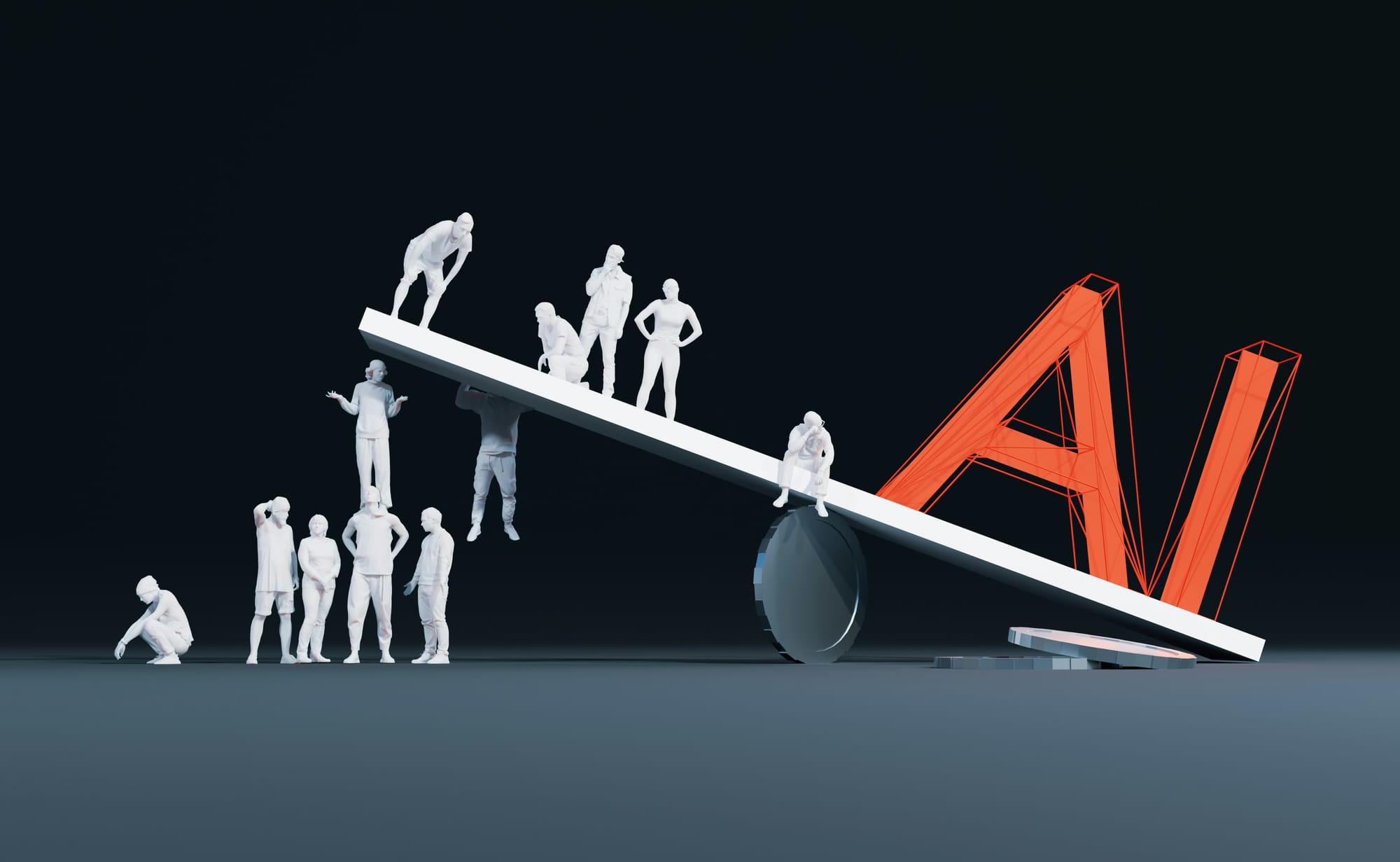Despite widespread predictions of AI-driven mass unemployment, new data reveals a surprising reality: the technology has had virtually no measurable impact on US job markets since ChatGPT's launch in November 2022. While headlines warned of white-collar "bloodbaths" and CEOs forecast widespread displacement, comprehensive labor market analysis shows stability, not disruption.
The Evidence Contradicts the Fear
A groundbreaking study by Yale University's Budget Lab analyzed 33 months of employment data following ChatGPT's release and found that the occupational mix across the American labor market has remained remarkably steady. Researchers specifically examined whether workers in jobs with high AI "exposure"—those with tasks ChatGPT could theoretically automate—were disappearing from the workforce. The data showed the opposite: the percentage of workers in high, medium, and low AI-exposed occupations stayed consistent throughout the period.
"Overall, our metrics indicate that the broader labor market has not experienced a discernible disruption since ChatGPT's release 33 months ago," researchers confirmed in findings published this week. Even unemployment statistics revealed no pattern of increasing AI exposure among jobless Americans. These results align with observations from labor economists who note that while AI's workforce impact exists, it remains "small" rather than transformative.
Why Predictions Missed the Mark
The disconnect between apocalyptic forecasts and actual outcomes stems from a fundamental misunderstanding of technology adoption timelines. History demonstrates that even revolutionary innovations like computers and the internet required decades—not months—to reshape workplaces. Technology deployment demands complementary investments, cultural adaptation, and regulatory frameworks that simply cannot materialize overnight.
Current workplace adoption of generative AI remains highly uneven across sectors and occupations. While software developers and writers have quickly integrated AI tools, professionals in regulated industries like law, finance, and healthcare face significant constraints including privacy concerns, liability risks, and governance challenges. PwC's 2025 Global AI Jobs Barometer reinforces this reality, revealing that AI is making workers "more valuable, not less—even in the most highly automatable jobs".
The pace of occupational change since ChatGPT's debut has been only marginally faster than shifts following earlier technological breakthroughs, and much of this change predates the chatbot's launch entirely. As Brookings researchers note, AI's early trajectory "looks less like a revolution and more like a familiar, gradual evolution".
What Lies Ahead
While current data offers reassurance, researchers emphasize the need for continued vigilance. Future disruption may come not from chatbots augmenting individual tasks, but from companies re-engineering entire workflows for automation. Enterprise usage data suggests 77% of business API deployments target automation rather than augmentation. However, for now, the American workforce remains intact, and the predicted job apocalypse exists only in headlines, not employment statistics.




Discussion